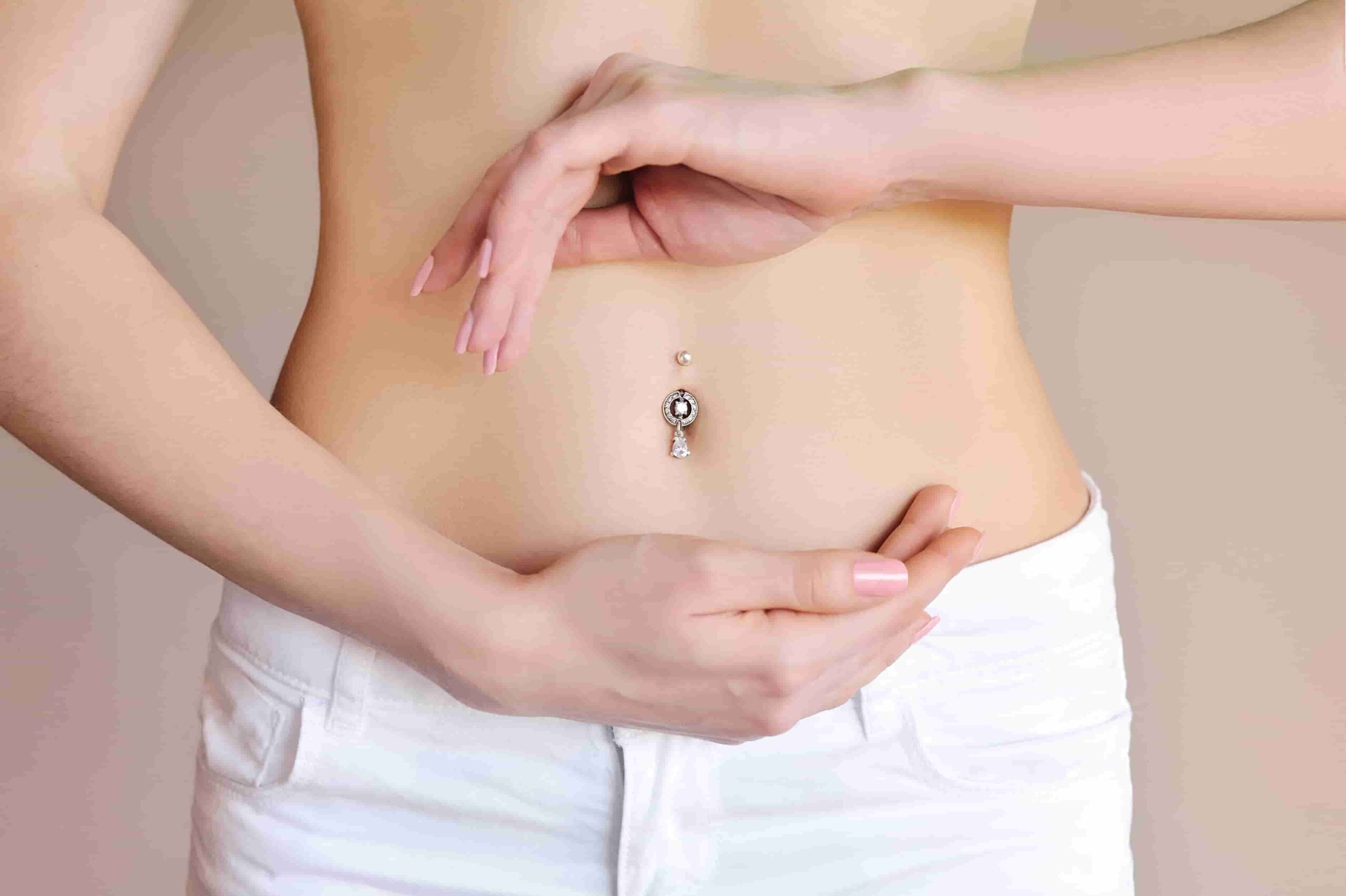After intensive researching, staying steady, and experiencing the up and downside to the ketogenic diet – I finally have something worthwhile to share. Learn how this Alaska Nutritional Coach goes Ketogenic!
Alaska Nutritional Coach
The two-week breakdown includes: embracing fat as a fuel, nutritional opinions and the controversy, what really works, and a few recipes that I thought were scrum-didly-icious (quoting the BFG aka Big Friendly Giant).
If you are new to the ketogenic diet and would like to learn more about it read on as I drill down into the facts versus the fiction.
Embracing the Fat
Quickly after navigating into uncharted waters, research on a ketogenic diet (the hyped-up super popular fat-as-fuel approach), I found there was innumerable resources for those of us who are nutritionally savvy, but undecided on keto. However, I wanted to try it out for myself rather than consider it another dietary theory. I dug deep into all the controversy surrounding this plan, really deep.
The exact parameters on the keto diet brought some confusing information right away. I’ve teased out all that grey area and broken the plan down for those who want an accurate picture of how to start, what to do, and how to maintain the plan (the most important piece of the puzzle).
According to health coaches, nutritionists, and people who have undergone a radical transformation with keto there are a few rules that everyone can agree on. While I found a lot of information that said there are no ‘rules’ the majority of the resources I found include this bottom line:
Eat high in fat, moderate amounts of protein, and very low carbohydrates. With this scale in mind for meal planning:
- 60-75% of calories from fat (or even more)
- 15-30% of calories from protein, and
- 5-10% of calories from carbs.
While most of the experts agree on this breakdown of percentages of fat-to-protein-to-carbs there is an additional measuring stick. However, I found it incredibly helpful and that is the amount of sugars/fructose/carbs per day.
Most ketogenic experts agree on the range of 20gms – 50gms daily. With optimal range for reaching ketogenisis at a minimal 20gms. This is a very important number to remember which I will go into in a later post.
In my first week I relied heavily on Sarah Wilson’s work for deciphering the differences between sugars. When going through IIN we learned over 100 different and unique theories on nutrition, diet, and healthful eating. So, I had already heard of Sarah Wilson and her I Quit Sugar program. She offers an 8-week elimination plan and has written several cookbooks and I drew inspiration daily from her two books, I Quit Sugar Your Complete 8-Week Detox Program and Cookbook, and The I Quit Sugar Cook Book 306 Recipes for a Clean, Healthy Life.
Sarah breaks down some mind-boggling facts for her readers. Her intensive study and research shows, “sugar is proving to be the biggest cause of fatty liver, which leads to insulin resistance. This then causes metabolic syndrome, which is now being seen as the biggest precursor to heart disease, diabetes, and cancer.”
Nutritionally, here’s the breakdown:
Table sugar – 50% fructose and 50% glucose
Honey – 40% fructose
Agave – 70-90% fructose
Why is the fructose percentage the most important figure? Because it’s fructose making us unwell. Wayyyy, way back when our species was evolving, sugar was damn near impossible to find and so it was really valuable. We’d maybe find a bee hive occasionally or a few berries and that would be our sugar for the week or month depending on what we found. When we eat anything, be it carb, or lean protein, or fat there is a corresponding hormone which responds in our body. These various hormones say, “Okay we’ve had enough”, or “we need more fuel” or “we’re still hungry, keep hunting.” Because sugar was not always immediately available, when our ancestors did find it, the hormones would respond by converting the valuable resource promptly into fat.
The problem is, we didn’t evolve with the extreme levels and availability of fructose we have now. Its instant and everywhere, even without us consciously realizing it.
This is problematic because fructose drives us to eat more. And the way fructose converts chemically it acts as more of a storage function rather than glucose which is used up right away. The equation looks like this fructose/sugar (FS) = fat (F). We are all different so it really comes down to observing your own carb burn rate and fat build up.
While I appreciate Sarah Wilson’s approach to reducing sugar, she isn’t completely keto. And I wanted to go all-in keto and see its effects myself. The first thing I came across when I started accessing ketogenic information was the infamous, Bullet Coffee. I had heard of bullet coffee long ago when a friend of mine went the keto route in 2013 as a way to build endurance and muscle mass. Then, I encountered it again from another friend who was much older and battling with an infection in his intestinal tract – his doctor had recommended it. I had viewed it as a pretty radical notion in both instances. Coffee filled with fat as meal all by itself, but not adding much nutritional value? Nah, I’ll pass.
Except this time I couldn’t ignore it. The majority of keto experts recommended it as a quick and easy delivery method to reach the high fat content percentage per meal without the sugar. It was also used as a mechanism to achieve intermittent fasting. There are basically three types of ketogenic plans SKD, TKD, and CKD.
Ketogenesis, What is it? The 3-Different Types of Keto Diet
Ketosis is a state where the body produces ketones. It is a biochemical process where the liver produces a group of substances called ketone bodies by the breakdown of fatty acids and ketogenic amino acids. This process is favored for supplying certain organs energy, particularly the brain. Ketosis action shifts the body’s metabolism away from burning glucose towards burning fat. According to the keto proponents, there are three main effects of ketosis; reducing hunger and cravings quickly, faster fat burn rate, and metabolic advantages (read more on the specific advantages of ketosis here).
In order to receive these benefits ketogenic goers must force their body into a ketogenic state. This is done through fasting reducing carbs, and eating high in fat. Ketogenic is not ketoacidosis which is dangerous. Ketogensis is typically safe, but those who have Type 1 Diabetes should not under any circumstances attempt a ketogenic diet due to ketoacidosis.
Types of Ketogenic Diet
Standard Ketogenic Diet: This is the most common type of the ketogenic diet and very popular because of its simplicity. Eat a minimum amount of carbs at all times. Similar to the South Beach Diet Phase One or the Induction phase of an Atkins plan, it is the strictest carb-reduced phase which requires between 20-50 grams of net carbs a day (what are net carbs?). This is where consultation with your medical provider comes in handy. Through blood labs and other indicators they can help you decide what is right for you.
Targeted Ketogenic: Eat carbs immediately prior to exercise. Typically, 30-60 minutes before working out. Higher glycemic index carbs which are easier to burn are recommended. Higher glycemic carbs will also tend to reduce stomach issues. Once again, following Sarah Wilson’s approach we would avoid foods high in fructose and go for glucose-based foods because they burn faster and are not stored as fat. Fructose would replenish liver glycogen – instead of muscle glycogen – which you want to avoid on a keto diet.
This means that the carbs consumed before exercise are used effectively and are completely burned without disrupting ketosis for too long. Typically, you eat 25-50 g of net carbs (or less) 30 to 60 minutes before exercise. Post-exercise meals should be high in protein and low in fat. Fat is generally good for you, however, if you eat it after exercise, it may impair nutrient absorption and muscle recovery – avoid eating foods high in fat after exercise.
Cyclic Ketogenic: This plan is alternate days of ketogenic dieting with days of high-carb consumption also known as “carb-loading”. Typically, carb-loading lasts for 24-48 hours. CKD usually requires about 50 grams of carbs per day during the first phase, and about 450-600 grams of carbs during the carb-loading phase. Bodybuilders and other athletes use this diet to maximize fat-loss while also building lean muscle mass. Therefore, for the majority of us Cyclic Ketogenic is not recommended.
Restricted Ketogenic for Therapuetic Usage: Based on studies, ketosis is a beneficial condition for treating cancer. When you restrict carbohydrate intake below 20-50 grams, glycogen stores are depleted. The body begins production of ketone bodies. Healthy cells use ketones for energy, but cancer cells don’t. In this hypothesis cancer cells starve to death. While glucose is the main “food” for cancer cells, a study from 2010 published in the Journal of Cancer Research shows that pancreatic tumor cells use fructose specifically to divide and proliferate.
What Really Works?
My first few days became an obsessive quest for more information, recipes, and all the data I could handle about keto – mainly to occupy my attention. I think this was due to my body-mind shifting into a completely different zone. While I felt prepared for eating keto the mental and emotional switch was pretty difficult. I found all kinds of conflicting articles and experts who railed against a keto plan, while also finding an incredible amount of testimonials supporting it. I had to choose the ‘pro’ side and lock out a lot of the negative in order to stay the course.
Turns out I was experiencing the classic sugar detox syndrome called “keto flu” AKA the sugar blues. My symptoms ran from fatigue, to cravings, and then back to obsessive research mode looking for savory recipes that would cure my hankerings (and icky symptoms) for carbs. Over the years I’ve come across many different kinds of food plans from macrobiotic, juicing, anti-inflammatory, and even considered the Master Cleanse (Thankfully, I talked myself out of that one). Going keto was a unique reversal in that it takes all the ‘fun’ out of eating – dark chocolate, brown sugar, raisins, and even any kind of healthy carb like beets, potatoes, and carrots were pretty much off limits. I really had to work at achieving keto.
A lot of the keto dieters that I read about ate fat bombs, drank bullet coffee, and relied heavily on milk products to meet their fat percentages per meal. I knew this wouldn’t be sustainable for me so I concocted nutrition dense fixin’s. My meals included kale salads, roasted red peppers to add to anything and everything, and homemade almond milk as an alternative instead of a lot of dairy. I cooked, a lot. For Sarah Wilson’s 8-week plan she recommends getting busy whether that is blogging through the sugar detox experience, getting out doors, connecting with other people, etc in order to deal. I shopped, prepared, and cooked:)
I did find that bullet coffee was really a god send in the second week after I had cooked myself out and eating all of my high-dense nutritious meals. At first I thought it might be a bit to radical for my liking. It was like injecting high octane coffee straight into my veins. But it turned out to be a very grounding, stabilizing, and power-packed drink that made me feel like I had enough energy for the long haul. The strange effect was that it gave me tons of energy and I didn’t need to eat, period.
I found a great site by a keto coach and nutritionist Leanne Vogel, called The Healthful Pursuit. Her rocket coffee has been a mainstay in my keto day for the last week. She talks specifically about the differences between men and women on the keto diet. Specifically, how we respond differently to bullet coffee ingredients. Her website is a great resource and I highly recommend it for anyone looking for inspiration. Leanne talks about hormones, thyroid health, intermittent fasting, and even going keto without meat.
Rocket Coffee for Women:
from Leanne Vogel’s Healthful Pursuit
- 8 oz. brewed decaf or regular coffee or your favorite tea
- 1 tablespoon liquid MCT oil or powdered MCT oil or coconut oil
- One tablespoon cacao butter
- 1 tablespoon hemp hearts or your choice of nut/seed butter
- 2-4 drops alcohol-free stevia, optional
- 1 tablespoon grass-fed collagen
Instructions
Brew coffee, add to the jug of your high-powered blender along with MCT oil, cacao butter, hemp hearts and stevia. Blend on high for 1 minute. During the last 10 seconds, add collagen. Transfer to a cup and enjoy.
Bullet Coffee for Men and Keto Adaptable Women:
from https://www.ketoconnect.net/recipe/bulletproof-coffee/
The original, and in my opinion the best version of Bulletproof coffee is 2 parts butter (or coconut oil) to 1 part MCT oil. This is the easy part. You basically throw everything in a blender and blend it together. I like adding all of the oils in first with the blender set on a food scale. So, I can make sure I’m tracking my intake properly.
Tasty Additions
Cinnamon
This is probably the tastiest addition. It combines perfectly with the coffee and butter to give your coffee a great taste while not adding any artificial sweetness.
Cocoa Powder
Some people swear by this, but I’m not sure why. I find cocoa powder makes your BPC unbearably bitter and I’d advise everyone but the most die hard of cocoa fans to avoid this one.
Stevia Drops
If you want to go the artificial sweetener route this is probably your best choice. A nice liquid keto friendly sweetener that instantly turns your BPC into dessert.
Sugar Free Syrups
These are right there with stevia drops. Instead of just sweetness though, these add different flavors to your Bulletproof coffee. I’ve found caramel to go really nicely with the buttery taste of the coffee.
Functional Additions
Brain Octane
While I’m a bit skeptical of the claims of “18x more powerful than coconut oil”, this stuff is probably going to have some cognitive benefits when mixed into your bulletproof coffee. Do your research and see if you’re convinced of it’s efficacy.
Collagen Peptides
This is something I’ve been adding in lately and I like them so far. Claims of hair/skin/nail improvements as well as 10g of amino acids per serving. Definitely isn’t going to hurt to add-in.
Pink Salt
This one walks the line between tasty and functional. I’ve been adding this into my Bulletproof coffee for months now and I’m loving it! I love the taste, and it’s an easy way to get some sodium and trace minerals in on a daily basis. Highly recommended!




